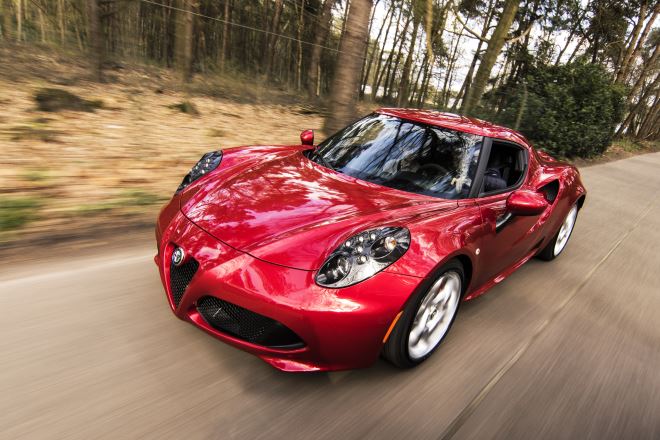Pushing Boundaries: The Intriguing World of Rotary Engines
Delve into the fascinating universe of rotary engines, from their conceptualization to their current applications. This niche of automotive engineering holds a treasure trove of untold tales and technical accomplishments, providing an insightful journey for both car enthusiasts and everyday drivers.

A Historical Perspective on Rotary Engines
The rotary engine, also known as the Wankel engine, was a groundbreaking invention of the 20th century. Named after its inventor, Felix Wankel, the engine was first conceptualized in 1924 and patented in 1929. However, it was not until 1957 that the first functional model was produced by NSU Motorenwerke AG, a German manufacturer.
Unlike the pistons in a conventional engine that moves up and down, the rotary engine operates on an entirely different principle. It features a triangular rotor that rotates inside a specially designed housing, completing all four stages of combustion in one rotation. This unique design allows for a smoother, quieter, and more compact engine.
The Rise and Fall of Rotary Engines
In the late 1960s and early 1970s, the rotary engine seemed poised to revolutionize the automotive industry. Its compact design, high power-to-weight ratio, and smooth operation made it an attractive alternative to traditional piston engines.
Mazda, a Japanese automaker, was particularly entranced by the technology and released the Cosmo Sport in 1967, which was the first production car to feature a rotary engine. Later, their RX-7 and RX-8 models, also featuring Wankel engines, gained cult status among car enthusiasts.
However, despite the initial excitement, the rotary engine had its pitfalls. It was less fuel-efficient and had higher emissions than traditional engines, which became significant drawbacks during the 1973 oil crisis and the subsequent tightening of emission standards. These challenges, combined with the complexity and cost of maintaining a rotary engine, led to a decline in their popularity.
The Rotary Engine in Today’s Automotive Landscape
Though not as prevalent as in the past, rotary engines have not entirely disappeared from the automotive scene. Mazda, the flag-bearer of rotary technology, announced in 2020 its plans to use rotary engines as range extenders in its electric vehicles, combining the advantages of both worlds.
Beyond Mazda, other industries have also found uses for the rotary engine. Its compactness and lightweight make it a popular choice in the aviation industry, particularly for drones. In racing, some teams still swear by the high-revving nature and smooth power delivery of the rotary engine.
The Future of Rotary Engines
The future of rotary engines remains uncertain. While their unique strengths make them an appealing prospect in specific applications, the challenges associated with fuel efficiency and emissions cannot be overlooked. However, with the continued advancement of technology and the push towards greener alternatives, it’s possible that we may witness a resurgence of this intriguing piece of automotive engineering.
The Enduring Legacy of Rotary Engines
The story of rotary engines is one of innovation, evolution, and resilience. Despite their challenges, they have left an indelible mark on automotive history and continue to inspire engineers and enthusiasts alike. As we move towards a future that values efficiency and sustainability, the rotary engine serves as a reminder of the limitless possibilities of human ingenuity and the relentless pursuit of progress in the automotive world.




